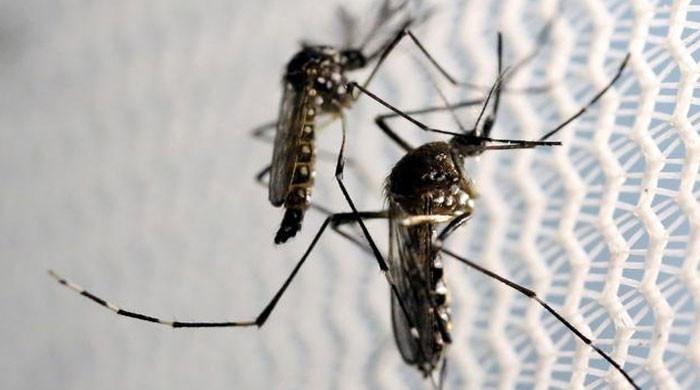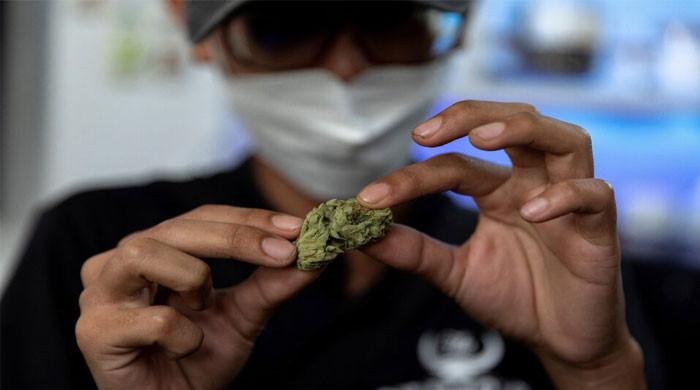Suicide: Leading cause of death might show signs early on
While nobody can predict how someone will die, it is important that we look for warning signs to help anyone in need
July 15, 2022

- Globally, almost 800,000 people choose suicide annually.
- Researchers have not found any perfect formula to predict suicide.
- Some behavioural, verbal, and emotional signs can help identify suicide ideation.
Suicide, which is one of the leading causes of death among children and adults alike, can be sometimes predicted. However, identifying the warning signs can be very difficult.
In 2020, 46,000 people died by suicide in the US alone, reported CNN. This means there was a death every 11 minutes.
Globally, almost 800,000 people choose suicide annually. In 2020 alone, there were nearly 1.2 million suicide attempts worldwide.
While experts are working on finding better ways to predict who is at more risk for a suicide attempt or when a person would do it, researchers still have not found any perfect formula to do so.
Justin Baker, clinical director of The Suicide and Trauma Reduction Initiative for Veterans at The Ohio State University Wexner Medical Center, said that one of the problems, apart from people hiding their stressors well, was that the time between suicidal signs and the actual attempt could be very less.
"What we collectively understand is that it is an emotional dysregulation and cognitive error," Baker said.
He said that suicidal people were unable to find a way out of their decision to end their life. Therefore, they might be very quick to take action.
In some situations, however, a person might be thinking about the act for a longer time and may show signs.
Some behavioural, verbal, and emotional signs can help identify suicide ideation.
While this does not apply to every suicidal individual, one of the signs could be a person not acting like themselves for weeks or days.
Another major red flag could be a person giving away their belongings and isolating themselves. The desire to exact revenge or general anxiety and agitation are signs too. Sleep disturbances like too much sleep or too less is also a warning.
Baker said that individuals might be testing whether they can actually do it since it is difficult to go against the natural instinct of survival.
Some individuals might clearly talk about wanting to die or say they do not have any reason to live. While such remarks do not necessarily hint toward a suicide attempt, those who listen should monitor the person making them.
They may also say that they are a burden on people.
Other risk factors include stressful circumstances and genetics. Extreme mood swings and obsession with death are also red flags.
If a person has had experiences with abuse and neglect, this increases the risk. Substance abuse and psychological disorders like personality disorders, schizophrenia, and depression can also be indicators.
A chronic disease, especially the incurable kind, is a risk factor as well.
Other risk factors include a family history of suicide, financial loss, relationship issues, prolonged stress from abuse, harassment or bullying, and access to lethal means.
If these signs are observed in someone close or you, professional help should be sought.
Baker advised people to be quite cautious when asking a person about suicidal thoughts. One way could be saying: "Hey, I've noticed life's gotten overwhelming these past couple of days. Do you want to tell me about it?"
While of course nobody can predict how someone will die, it is important that we look for warning signs to help those around us contemplating suicide.









